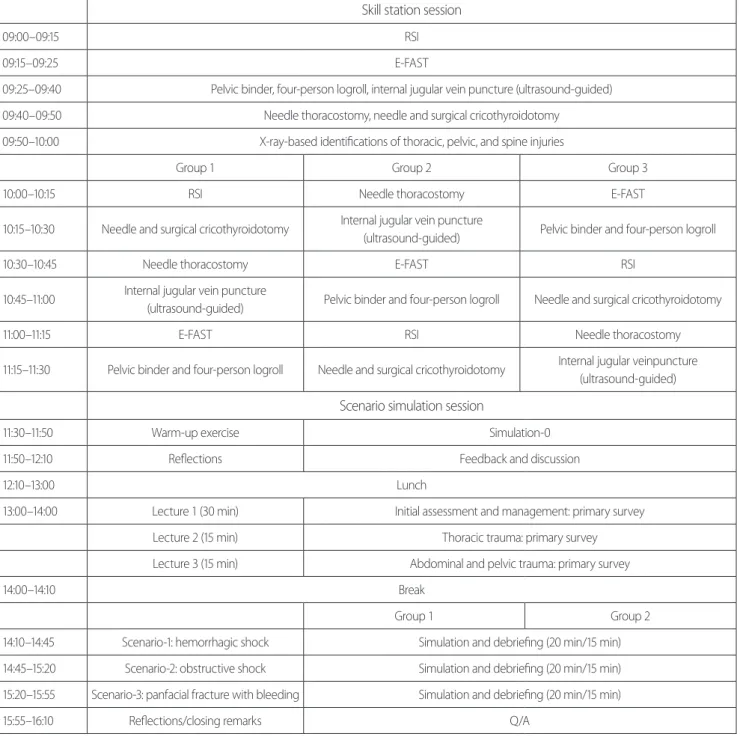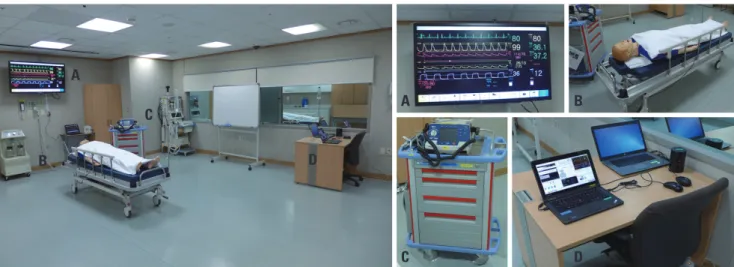Received: June 4, 2020 Revised: August 24, 2020 Accepted: August 31, 2020 Trauma and InJury
Correspondence to Seung Hwan Lee, M.D.
Department of Trauma Surgery, Gachon University Gil Medical Center, 21 Nam- dong-daero 774beon-gil, Namdong-gu, Incheon 21565, Korea
Tel: +82-32-460-3010 Fax: +82-32-460-2372 E-mail: surgeonrumi@gmail.com
The Effectiveness of Simulation Train- ing in an advanced Trauma life
Support Program for General Surgery residents: a Pilot Study
Myoung Jun Kim, M.D.
1, Jae Gil Lee, M.D., Ph.D.
2, Seung Hwan Lee, M.D.
31
Department of Surgery, Wonju Severance Christian Hospital, Yonsei University Wonju College of Medicine, Wonju, Korea
2
Department of Surgery, Yonsei University College of Medicine, Seoul, Korea
3


